Vintage Speed Parts: The Equipment that Fueled the Industry
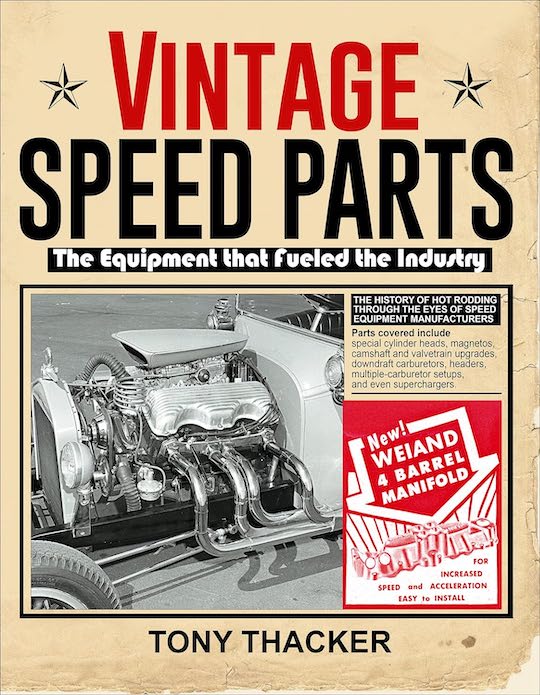 by Tony Thacker
by Tony Thacker
There are two books that tell the story of American speed equipment and the industry it begat. Each does so quite differently even as both opt for a chronological approach and put speed equipment’s origins squarely on Henry’s flivvers.
The first to publish was The Business of Speed. It was the scholarly first book of its author, David Lucsko, published in 2008 by Johns Hopkins University Press. It contains well-written words documented with chapter end notes, a multi-page glossary, an “Essay on Sources” references, and an index. But it’s illustrated with only a scant 20 black and white images.
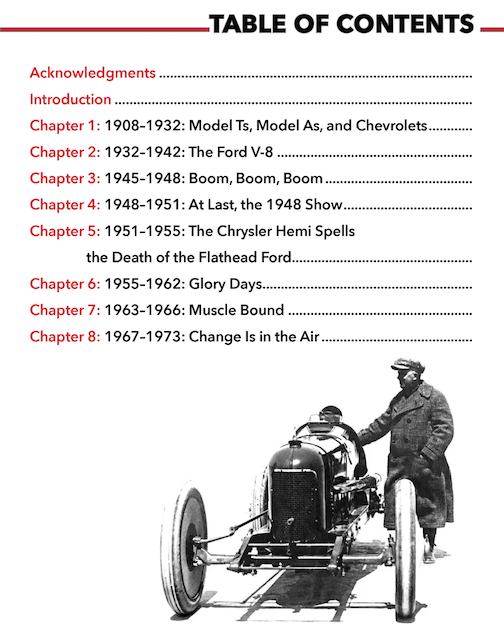 Thacker’s book, Vintage Speed Parts, is assembled (word choice because he didn’t just write it as he’d acquired several significant vintage photography collections, thus is responsible for much of the imagery as well) by a speed equipment industry insider, not to mention a lifelong enthusiast. It is in every way a words and pictures celebration of the speed equipment people and their industry in book form. Interestingly too, Thacker does include references to Lucsko’s book citing both the author’s name and his book’s title as he quotes from it several times.
Thacker’s book, Vintage Speed Parts, is assembled (word choice because he didn’t just write it as he’d acquired several significant vintage photography collections, thus is responsible for much of the imagery as well) by a speed equipment industry insider, not to mention a lifelong enthusiast. It is in every way a words and pictures celebration of the speed equipment people and their industry in book form. Interestingly too, Thacker does include references to Lucsko’s book citing both the author’s name and his book’s title as he quotes from it several times.
It will be difficult to miss that there are so many images—well over 400 in a slightly less than 200 page book. They are a mixture of contemporarily shot pictures and period photos as the page pair below shows.
The book got off to a bit of a rocky start with your reviewer as several errors that should never have happened were noted. Thacker and his CarTech editor surely knew that Bob Burman’s surname is not spelled Burnham as it appears in both the text and photo caption on the second page of the first chapter. Then on the page on the right of the page pair immediately below, chauffeur is misspelled in the text and the caption under the photo of the Model A block is misleading as it indicates it was photographed in the Speedway museum (usually recognized as being in Indianapolis) rather than in the Speedway Motors’ Museum of American Speed In Lincoln, Nebraska.
Happily after those few early missteps, those niggling “not quite rights” disappeared.
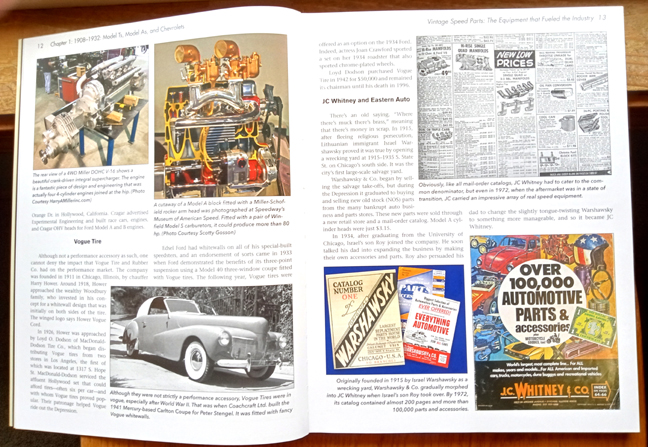
Author Thacker shared some of how it all came to be for him in a charmingly personal way in his introduction with, “. . . while delivering Hot Rod magazine on my paper route as a kid in England, it didn’t seem possible back then to be involved in any way, until I bought an old rigid-frame Triumph motorcycle that I customized.” He and a friend then started a business selling chopper parts. Before long another business was formed where Thacker got involved importing and selling American speed equipment. During that time he became acquainted with Pete Chapouris who suggested Thacker move from London to Southern California.
That suggestion/invite didn’t need to be thought about for long before Thacker acted upon it. Today he refers to Chapouris as his friend and mentor especially as once arrived in SoCal, he almost immediately went to work at SEMA, which at that time in history was the acronym for the Specialty Equipment Market Association (it has seen several name refinements over time).
Outgoing, friendly and a quick study, it wasn’t long before Thacker was introduced to and became acquainted with practically everybody. Getting to know Wally Parks, founder of NHRA, would lead to Thacker one day becoming the executive director of the Wally Parks NHRA Motorsports Museum in Pomona, California. Just key Thacker’s name into your computer’s search engine and ask it to show books he’s authored and you’ll discover what is meant when an author is described as prolific!
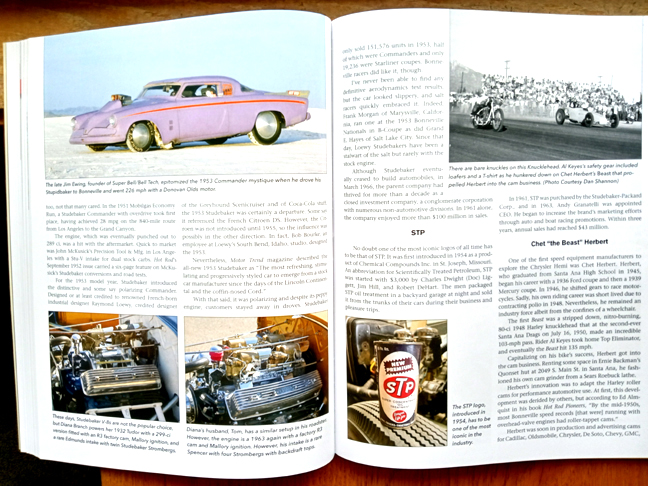
As the page pair above indicates, Bonneville competitors are given their share of page space. This much worked over 1953 Studebaker Commander shown top of the lefthand page put its driver in the Two Hundred Mile Club. The engines at bottom of the page are Studebaker V-8s installed respectively in husband and wife Diana and Tom Branch’s cars but outfitted somewhat differently. Diana’s, on the left, is in her 1932 Tudor, and fitted with an R3 cam and a scarce Edmunds intake with twin Studebaker Stromberg carbs. Tom’s roadster also has a factory R3 cam and Mallory ignition but his car’s intake is a rarer still Spencer with four backdraft topped Strombergs.
STP conjures up the Granatellis. In reality Scientifically Treated Petroleum was created in the early 1950s by three men named Charles Dwight Liggert, Jim Hill, and Robert DeHart. Andy Granatelli and his brothers came along a decade later, sensed a good thing and STP became part of Studebaker-Packard with Andy Granatelli its CEO. He applied his marketing genius (if you’ve ever seen the photo or were at the Indy 500 in 1964 you’ll never forget that the entire team of the STP-sponsored entry was clad in STP-logo-covered “pajamas”). STP would survive its Studebaker-Packard “parent” and go on to become a publicly-held corporation and, as the STP website shows, is strong and viable to the current day.
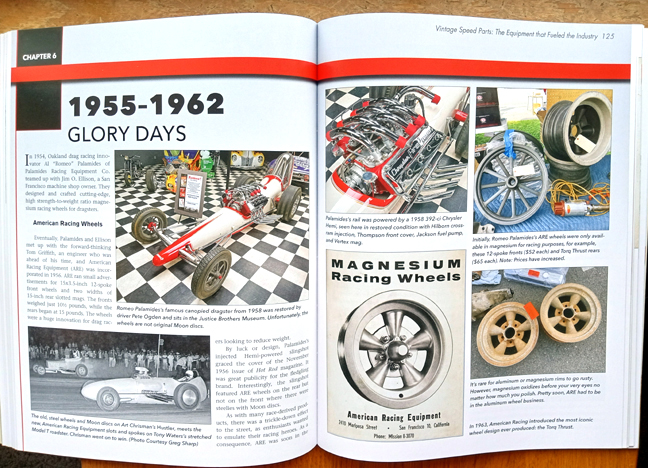
Thacker terms the decade of the sixties “Glory Days” because as he notes in the concluding next and final chapter “Change is in the Air” not that speed equipment was going to go away but due to how business would be conducted. The internet happened and consumer behavior changed. That isn’t going to be reversed so producers, sellers, and buyers adapt. Independent brick and mortar speed shops closed and for the most part have been replaced by online vendors. Enthusiasts “lost that place to hang out, meet like-minded enthusiasts, and hopefully get good information. It’s impossible to halt that progress. Those days are gone,” laments Thacker.
Happily we can remember—or if a reader is too youthful to have lived during those years of speed equipment’s proliferation, they can see and read of them—on the pages of this celebratory book.
Copyright 2023 Helen V Hutchings, SAH (speedreaders.info)


 RSS Feed - Comments
RSS Feed - Comments
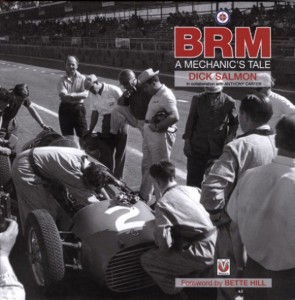
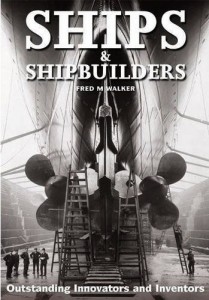
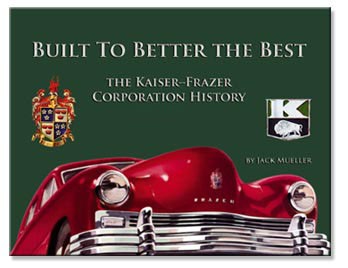
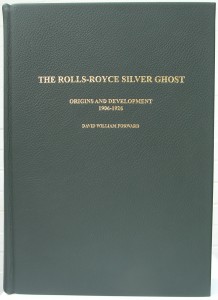

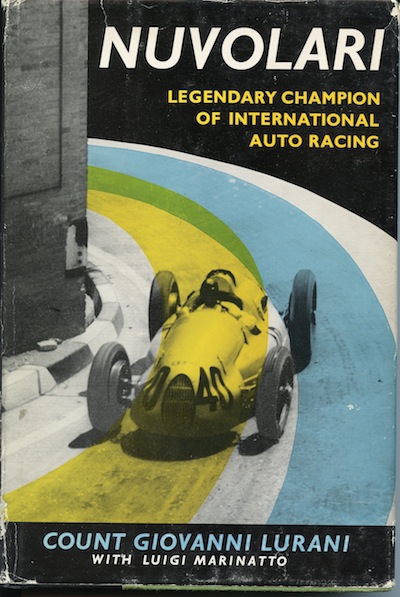
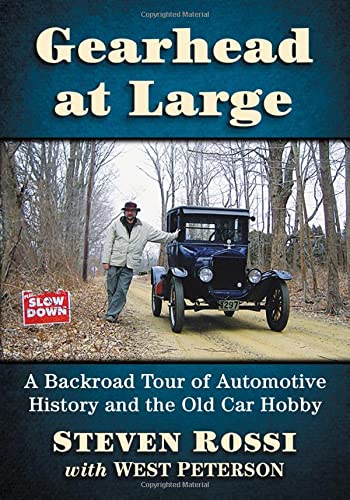
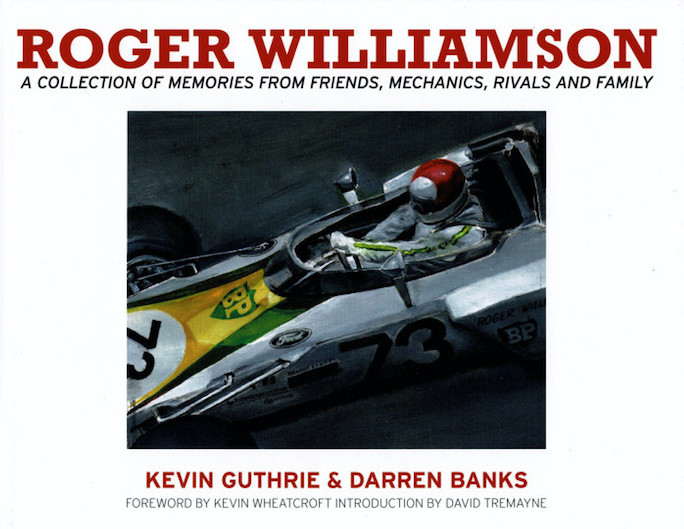
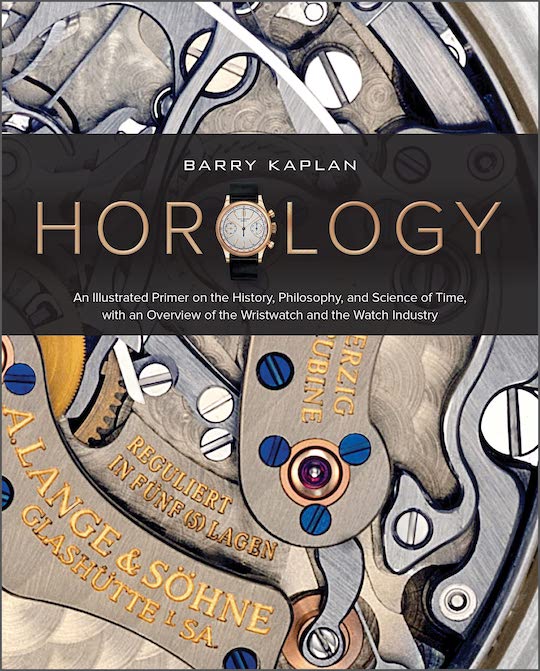


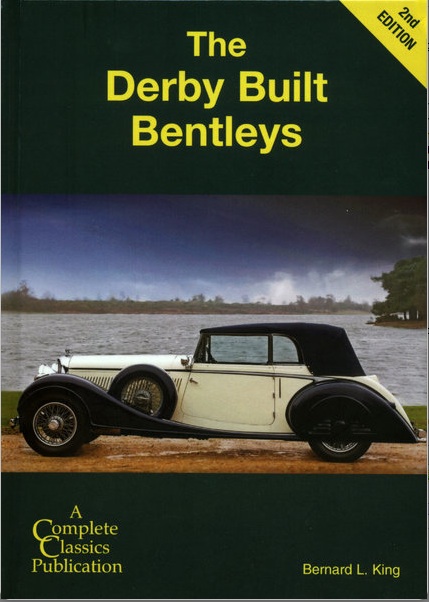
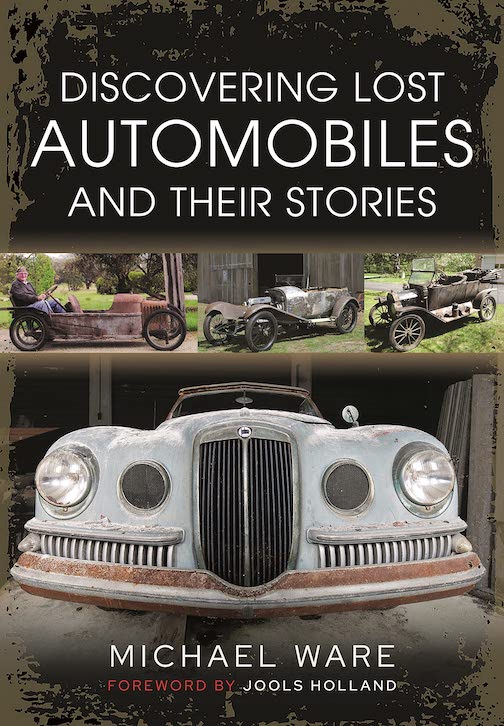

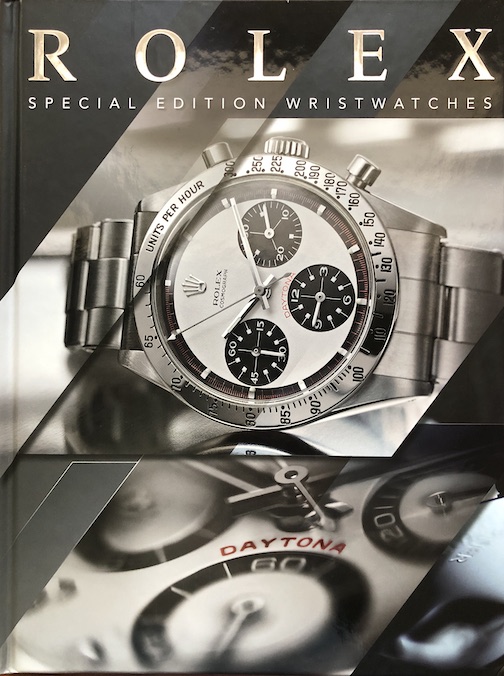
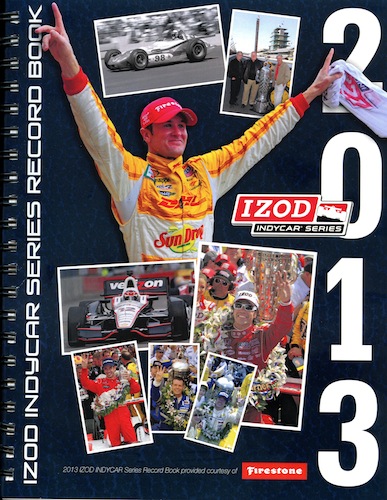
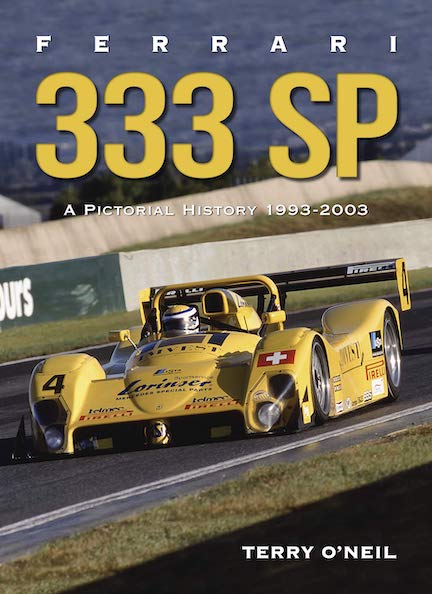
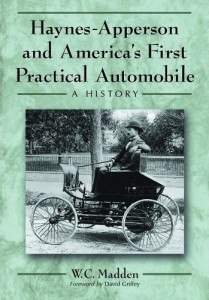

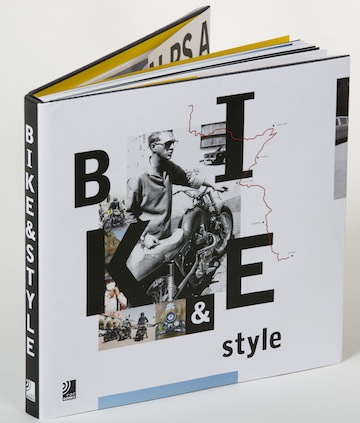
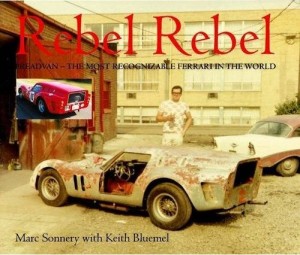
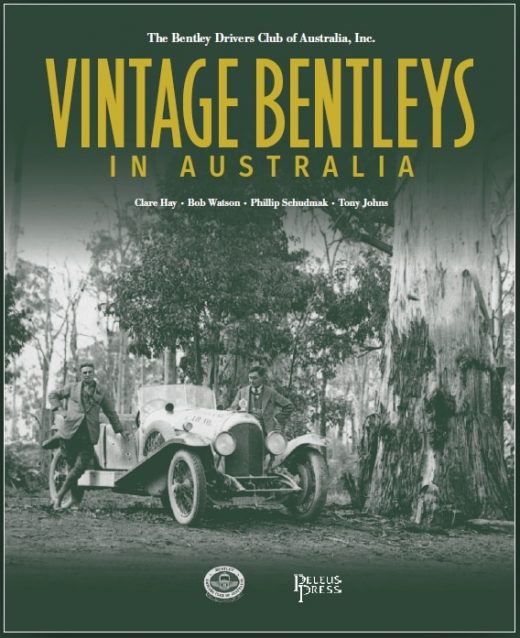
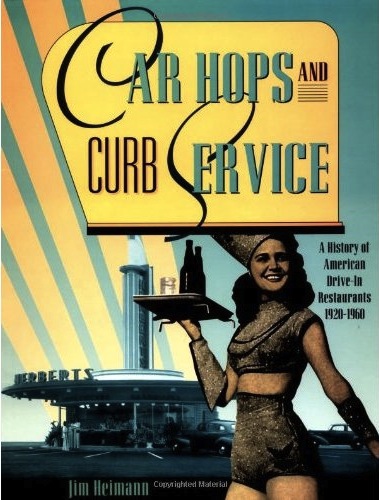
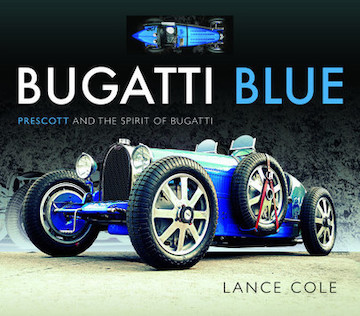




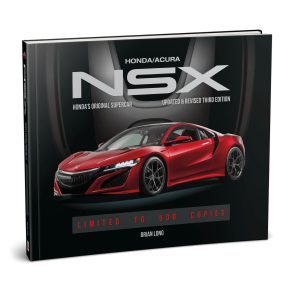
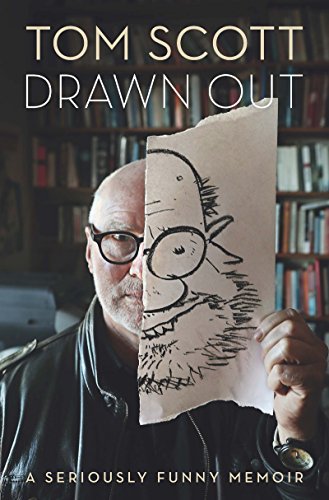
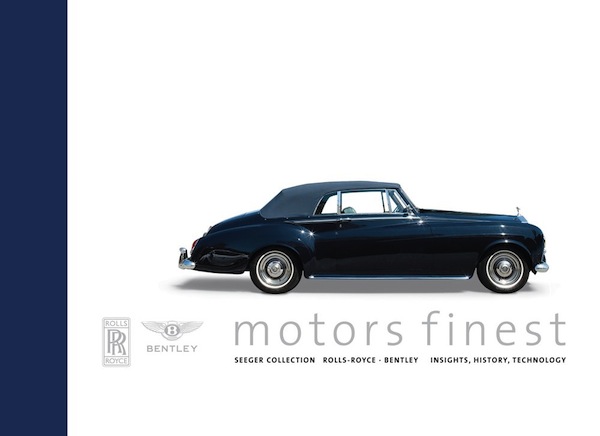
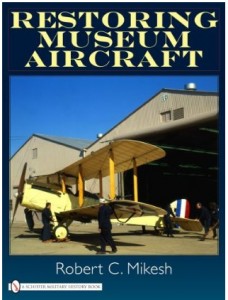
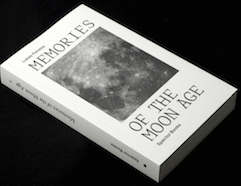
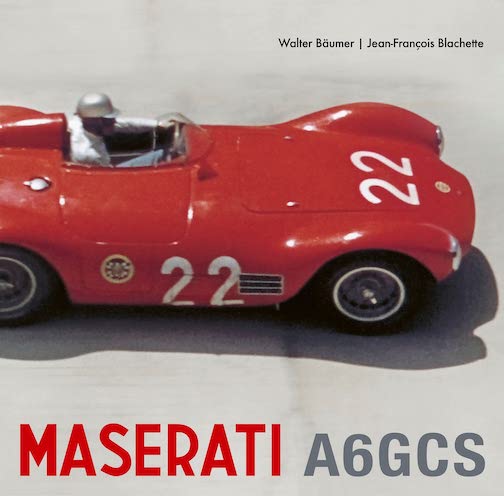
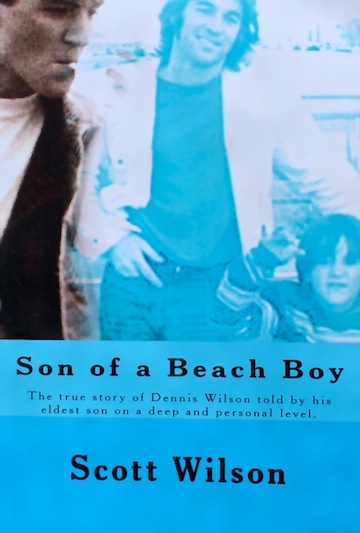
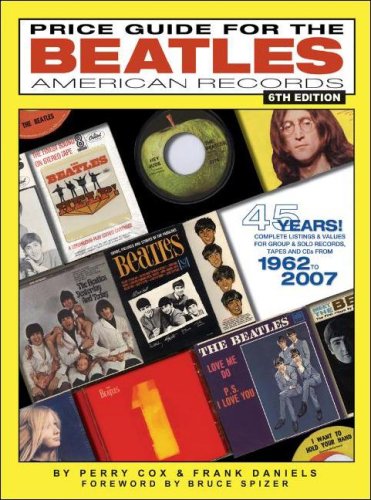
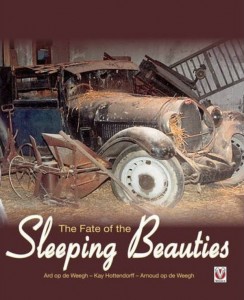

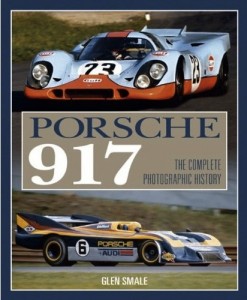
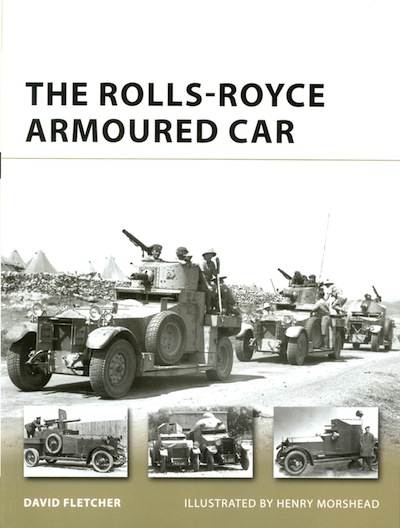
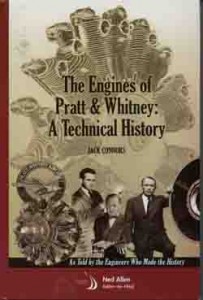
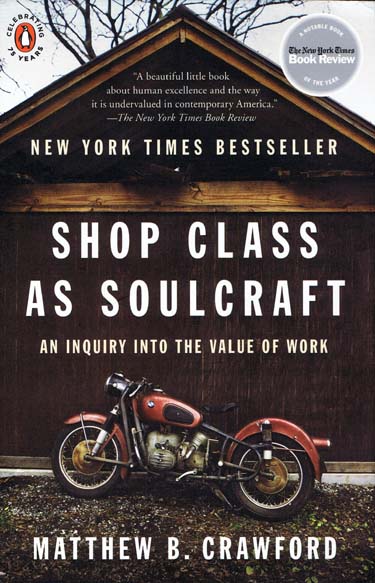

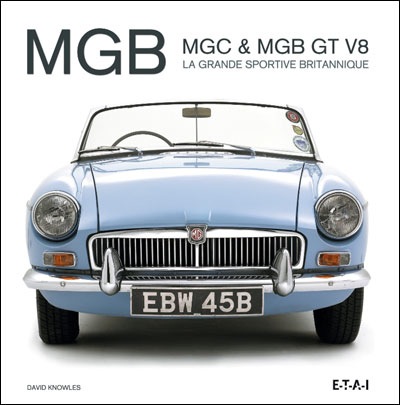
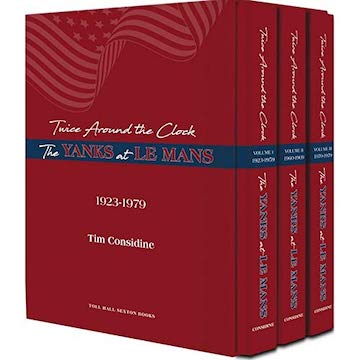
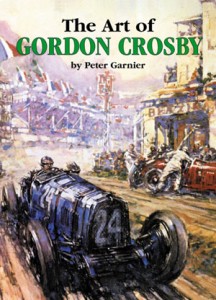

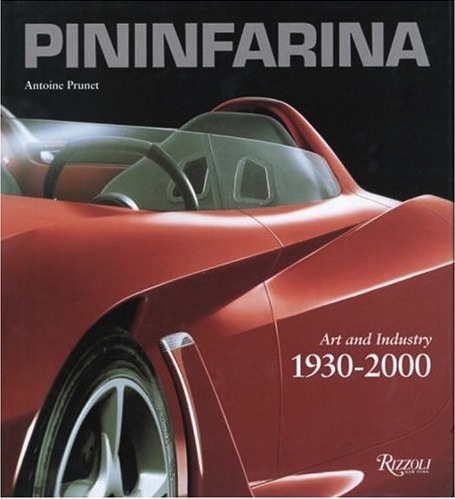
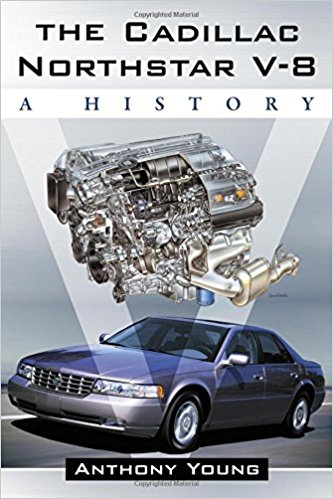
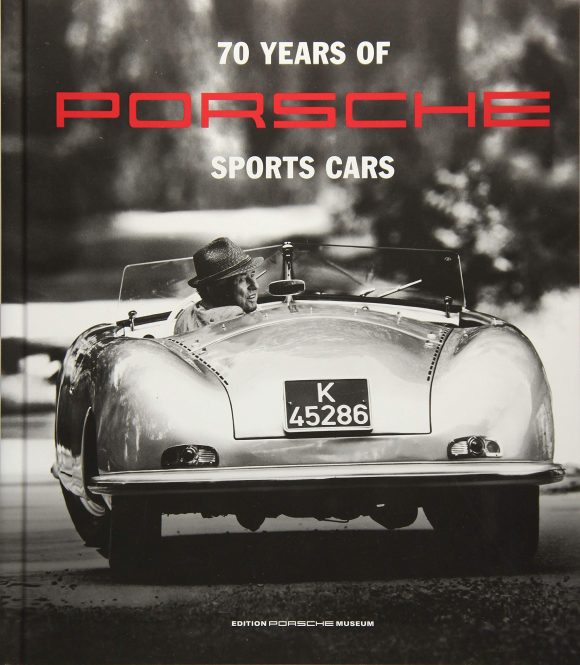

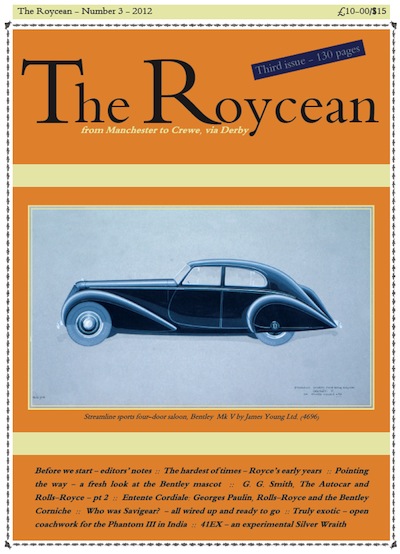
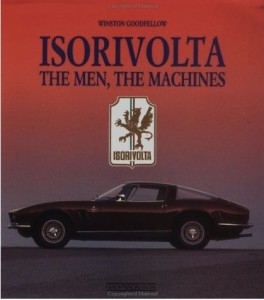
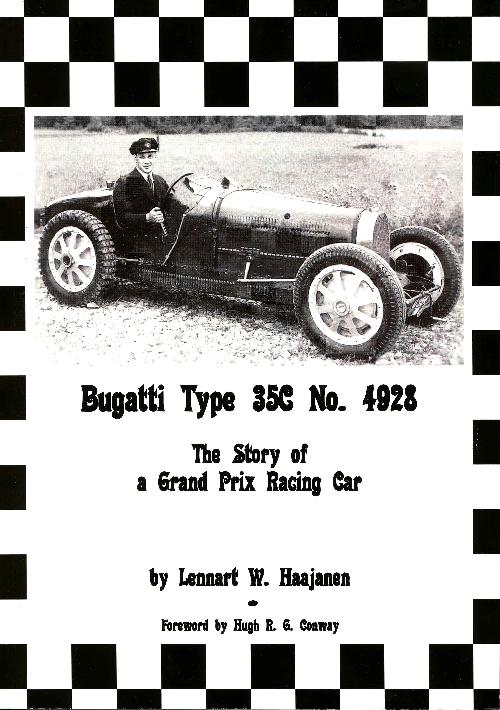

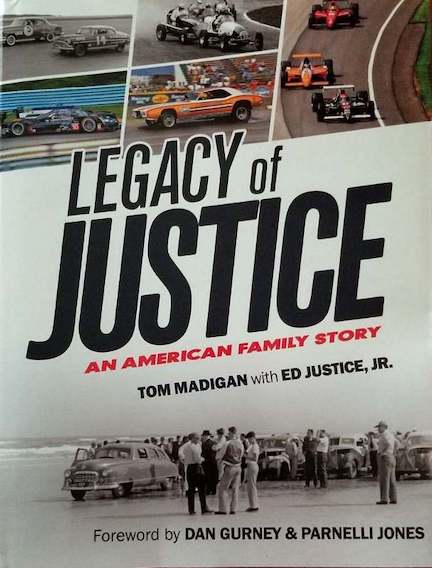

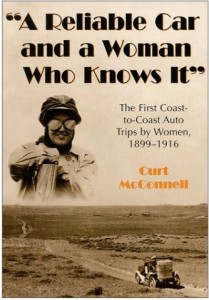
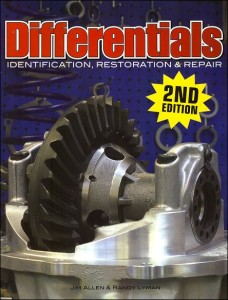
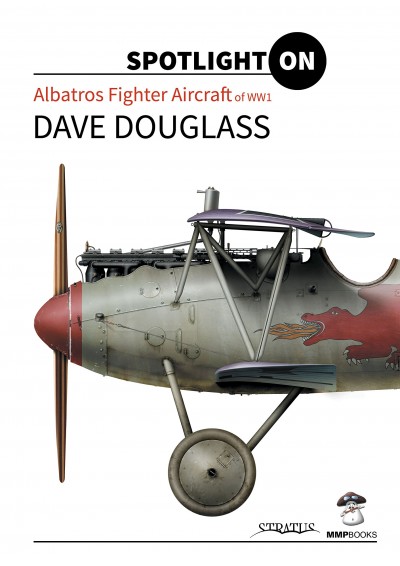
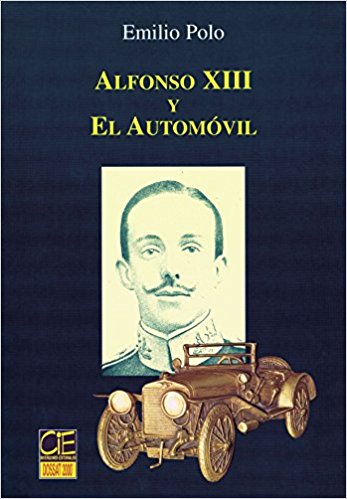


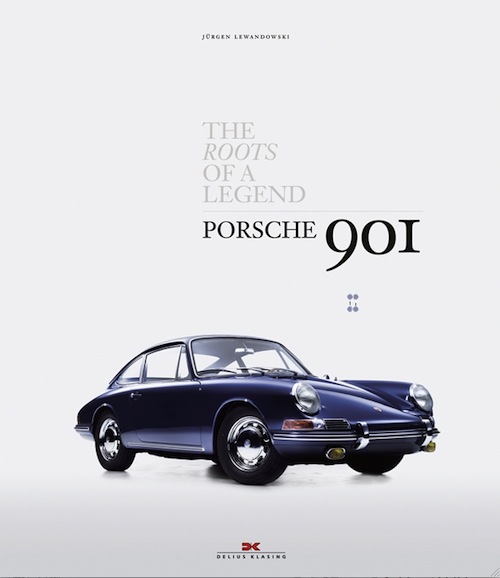
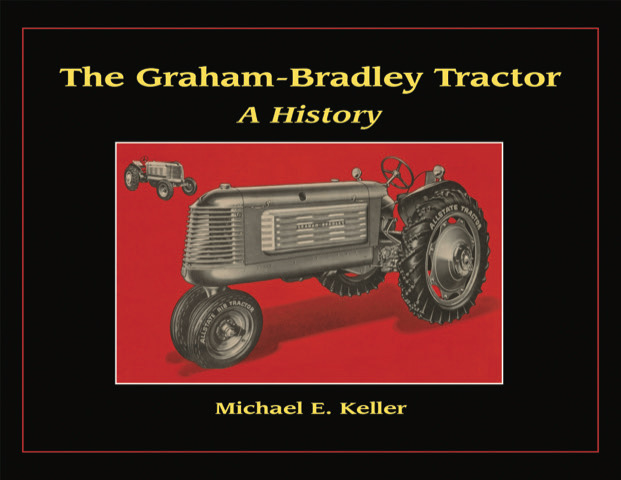
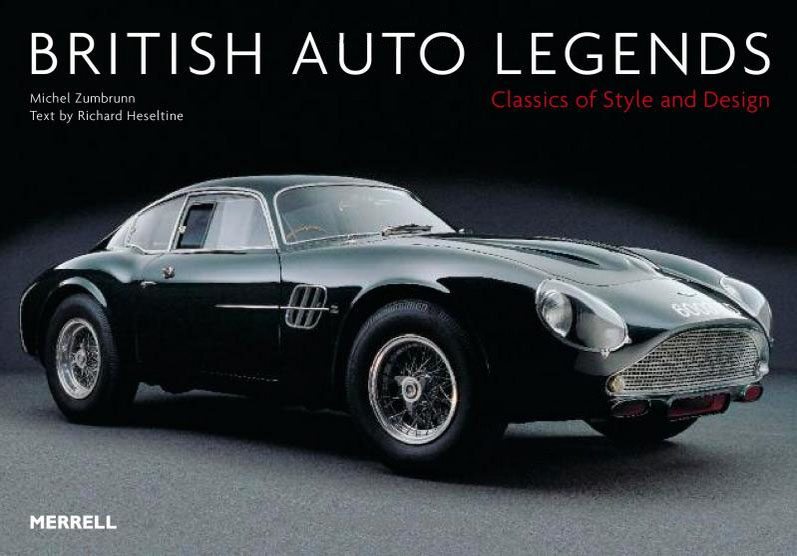
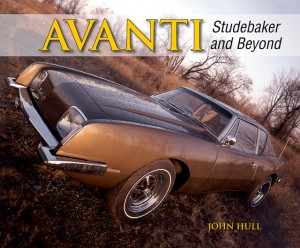
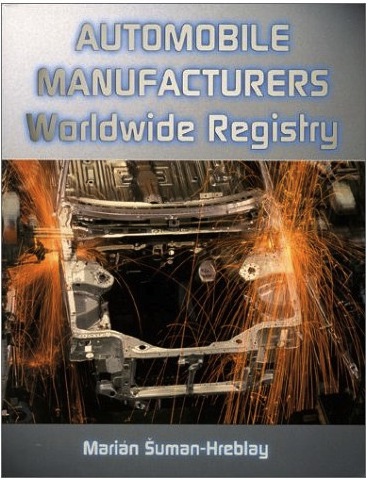
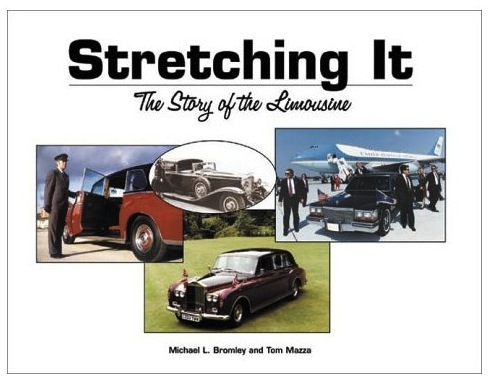

 Phone / Mail / Email
Phone / Mail / Email RSS Feed
RSS Feed Facebook
Facebook Twitter
Twitter